I've been reading about MIL-STD-1553 buses, which very briefly are
- multidrop
- Manchester-encoded
- 1 Mbit/sec
- 32-station: a single "bus controller" master and multiple "bus terminals" slaves which speak only when spoken to
Given how similar the two buses are electrically ...
I was wondering if it's possible to replace the electrical layer with RS-485?
This is an engineering-curiosity question for an industrial application: don't worry, it's not in a fighter jet!
Wikipedia shows a 1553 slave responding to the master's transmit instruction like this:
 (source)
(source)
Is there any reason we couldn't do this pretty much exactly with an RS-485 transceiver? [Edit for clarification] By which I mean replace all the 1533 transceivers, transformers and cables with RS-485 transceivers, cables, terminators, cutting at the red line of the diagram below.
A typical 1553 transceiver looks like this:
 (from DDC-8553 datasheet)
(from DDC-8553 datasheet)
It's not clear to me why the transceiver has differential connections to the the decoder and encoder (ie to the right), but I'm guessing it's for signal quality.
As far as I can tell, something like this with a classical 75176-format RS-485 transceiver should work identically as far as the interfaced device is concerned (assuming suitable RS-485 wiring, lengths, termination etc):
Any reason that wouldn't work?
